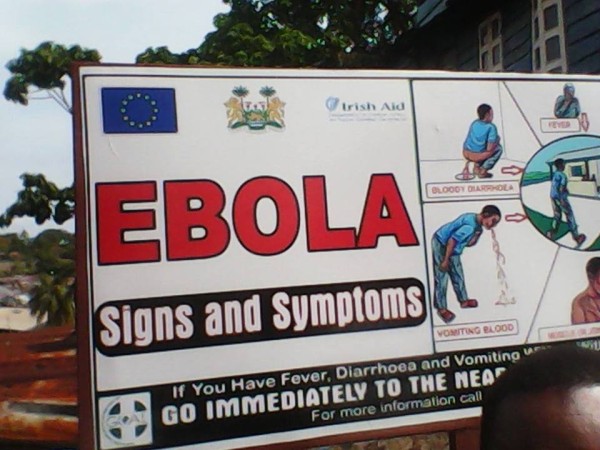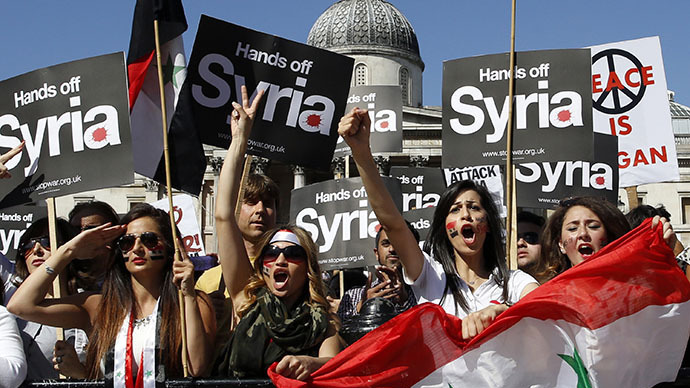
The Ebola outbreak in Western Africa has continued to spread, now reaching multiple nations. The first case of the current epidemic occurred in Guinea in February. By April, 242 cases had been reported and confirmed and the present count has risen to 427 cases, with 319 deaths. Initial cases appeared in rural southeastern Guinea, where consumption of bush meat is a part of life for much of the population. It spread from there to Conakry, the capital city of two million inhabitants, where much of the population live without adequate sanitation.
According to Ibrahima Touré, Country Director of Plan Guinea“The poor living conditions and lack of water and sanitation in most districts of Conakry pose a serious risk that the epidemic escalates into a crisis. People do not think to wash their hands when they do not have enough water to drink.” This lack of education is proving to be the major barrier to dealing with the current epidemic, and is manifesting itself in two very different ways.
What first exacerbated the spread of the disease were traditional burial ceremonies still being performed for victims of Ebola. The deceased are laid out and a traditional meal is served in close proximity to the body. As Ebola is transferred from infected internal fluids (blood, mucus, etc.) open display of the deceased and non sterile storage and transportation of bodies helps the disease to spread. This stems from rural villages, where outbreaks first occur, with residents not understanding basic sanitation and sterilization practices.
An important property of Ebola to consider is that it is a “fast burn” virus. Outbreaks generally burn themselves out before they can spread too far. This is both a blessing and a curse when dealing with containing an outbreak. While Ebola has an incubation period between 2 and 21 days, it is only contagious after symptoms start appearing, and again, only through direct contact with infected fluids. Most cases express within the first couple days, which limits the distance that can be travelled, and as symptoms are very obvious it is easy to identify and sequester individuals. It also has a mortality rate between 50% and 90% depending on the strain, which combine to make most outbreaks “burn out”. Ebola victims succumb to the disease too quickly to travel far from where the outbreak occurs. This has meant in past outbreaks that a village or small geographical area in rural Africa is very heavily hit before the virus runs out of potential hosts.

There are a couple of key differences between this outbreak and the numerous smaller ones that have occurred since discovery of the disease in 1976. This outbreak made its way into progressively more populated areas which has allowed its continued spread. A major contributor to this is the lack of public education regarding health. There is a belief among part of the population of western African nations that Ebola either doesn’t exist, or has been brought over by western interests for nefarious reasons. It is these beliefs that caused the storming of quarantine and treatment facilities in Guinea that first exacerbated the epidemic.
Family and friends will attack quarantine and palliative care facilities to “free” their relatives from care centers, which are generally little more than plastic tents run by NGOs. Violently removing highly contagious people infected with a fluid-borne virus is as bad an idea as it sounds, but it is more understandable when the locals believe the disease is a front, and their loved ones are just being used as a sacrifice so that their government can get more aid money from the international community.
These are the major reasons this outbreak has escalated to its current level. This strain, Ebola Zaire, is no more virulent or contagious than previous outbreaks, and there has been no mutation in the virus that makes it any more dangerous than before. Societal issues are the major difference in this outbreak, and they are proving more difficult to deal with than the virus.
In part 2, the preventative measures being put into place by both infected and non-infected countries, as well as where the outbreak may head will be discussed.




